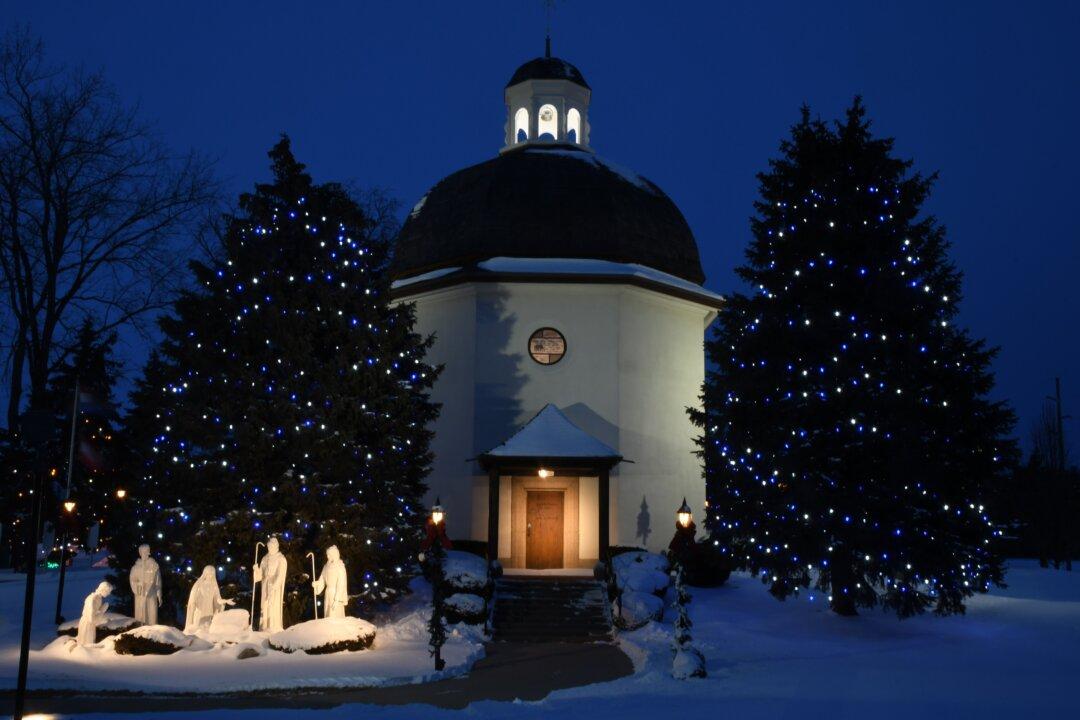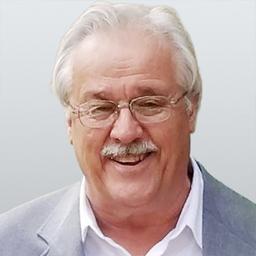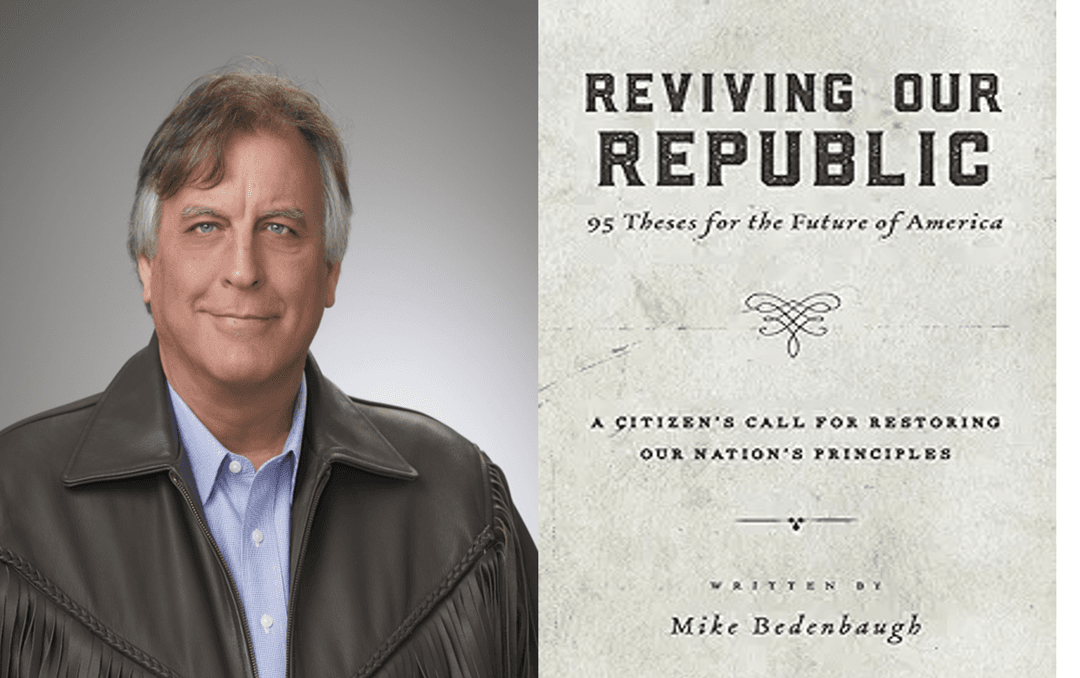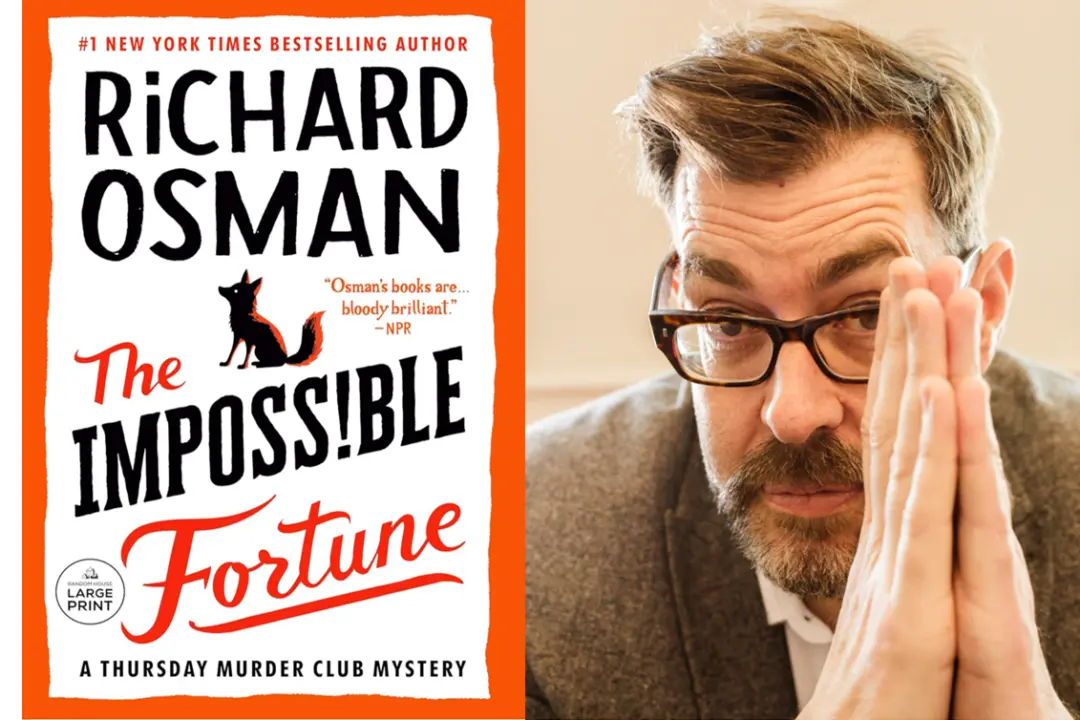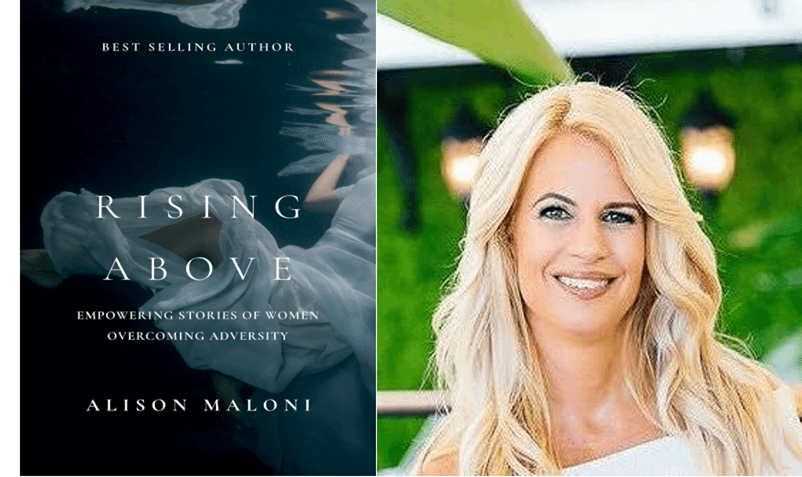Wally Bronner first viewed the Stille-Nacht-Kapelle—the Silent Night Chapel, dedicated on the site of the first performance of the Christmas carol “Silent Night”—in Oberndorf, Austria, in 1976. That visit fueled his inspiration to build a life-sized replica of the chapel in the United States to commemorate the beloved Christmas hymn.
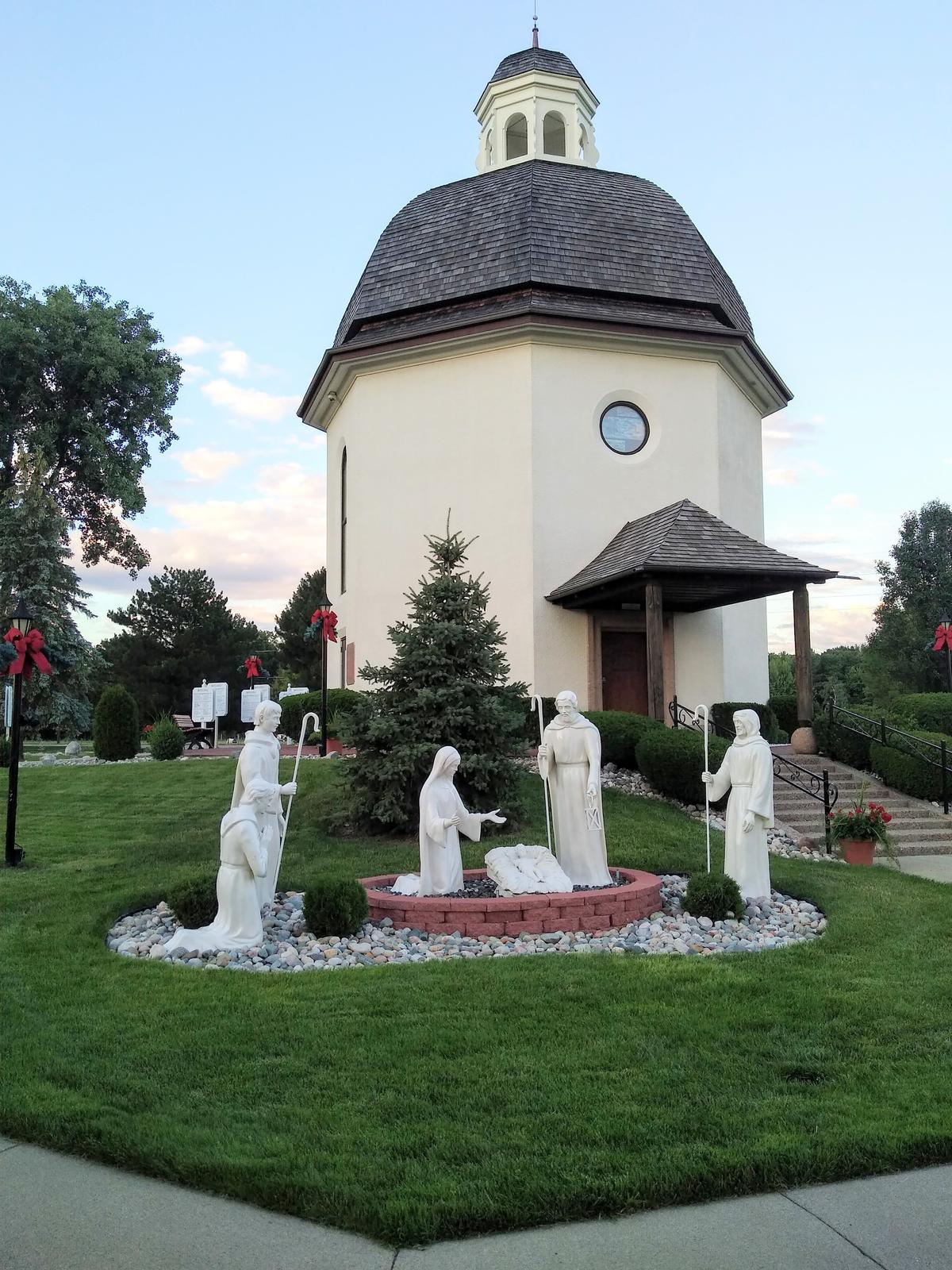
The Silent Night Chapel, located at Bronner's CHRISTmas Wonderland in Frankenmuth, Mich., is a replica of the original chapel in Oberndorf, Austria. Courtesy of Dean George

